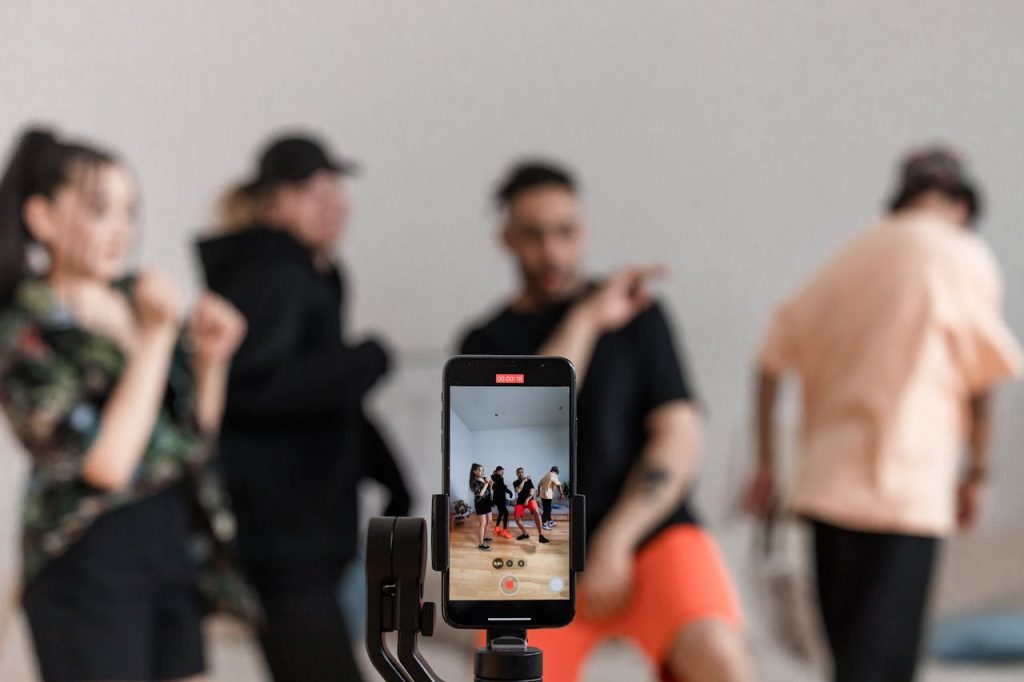Colby Flood
Colby founded Brighter Click, a growth marketing agency.
I audit 10-15 new ad accounts every month, and there’s one type of content that consistently shows as a top performer: UGC....

Image Credits: pexels
I audit 10-15 new ad accounts every month, and there’s one type of content that consistently shows as a top performer: UGC. Research shows, UGC is 8.7x times more impactful than influencer content and 6.6x more profitable than branded content. (DataAlly)
While UGC is a great opportunity for most brands and may look like lower-quality creative, it still takes thoughtful planning to drive results. This is where the UGC Brief comes into play.
This blog will walk through my process of briefing paid media ad creatives using our UGC brief template.
The first step of building a UGC brief is deciding what your core marketing goals are. For most people reading this article, it will be conversions. Now go one level further, do you want conversions for a specific product line or service? Are you hoping to push a specific marketing narrative, or reach a specific audience demographic? All of these questions will dictate the creator you select and the way you brief them.
Keep one thing in mind when you begin working with a new UGC creator: they are a contractor with other clients, and they do not know your brand or customer base as you do. Share details about your audience’s demographics, preferences, and pain points with the creator. Does your audience respond to rational or emotional marketing messaging? Providing this insight will help the creator tailor their content to speak directly to your audience’s needs and desires, making it more impactful.
The brief should communicate your brand’s values, voice, and tone. If your brand is playful, energetic, formal, and professional, the UGC creator must reflect this in their content. Share examples of past successful UGC or branded content to give the creator an idea of what works. Also, include any specific messages or themes you want conveyed whether it’s focusing on sustainability, innovation, or customer satisfaction.
Providing clear and specific guidelines will help creators stay aligned with your vision. Here are some aspects to include:
A shot list is an important tool for guiding creators in capturing key moments that align with your campaign’s goals. Here’s what to include:
This section may sound like it counters the rest of the article, but it’s here for a reason. There are times when fresh ideas can be added to the video during production. If your UGC creator has some marketing background, they may think of things that need to be added to or removed from the script as they shoot. It’s a classic case of an idea not looking the way you originally pictured it in your head.
As I mentioned in a previous section, the creator you’re working with is likely working with other brands simultaneously. Don’t rush the brief and skip details they may need on your product or service. You can’t expect them to know it already or “just get it.”
If you want to create UGC content for your brand that drives profitable conversions, give your creators a healthy balance of direction and creative freedom.